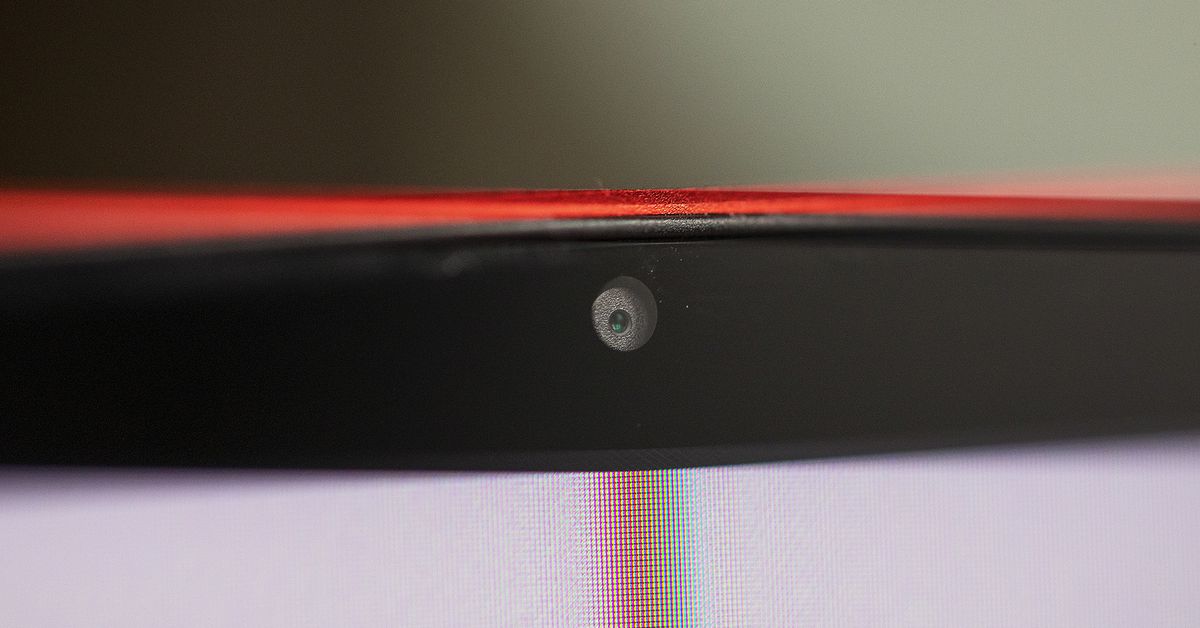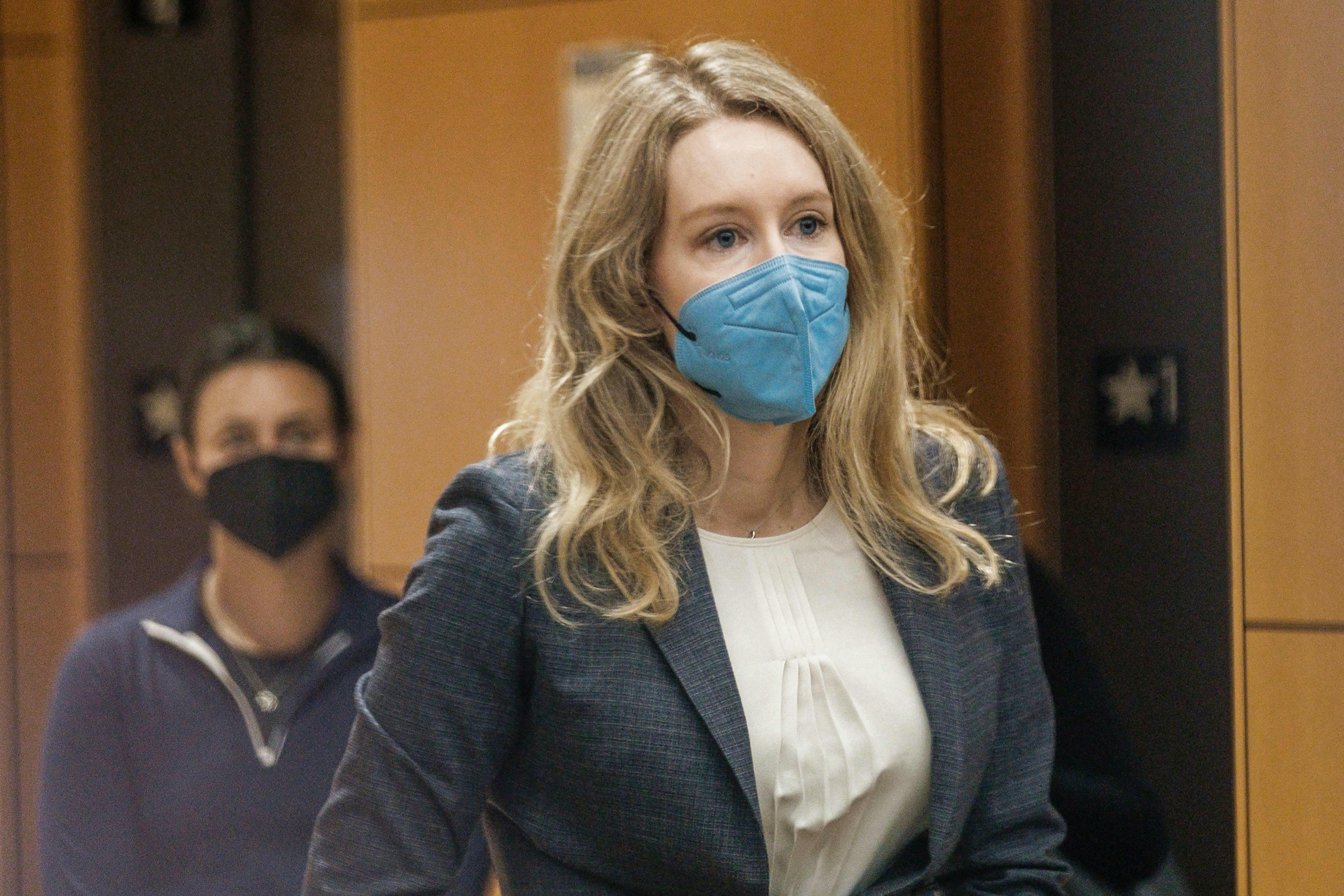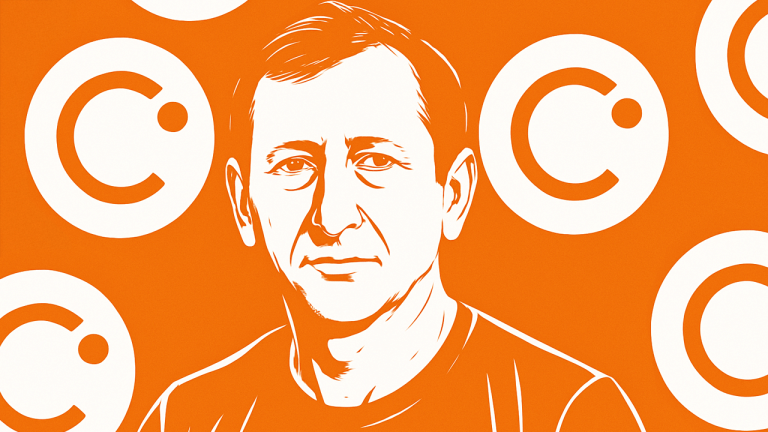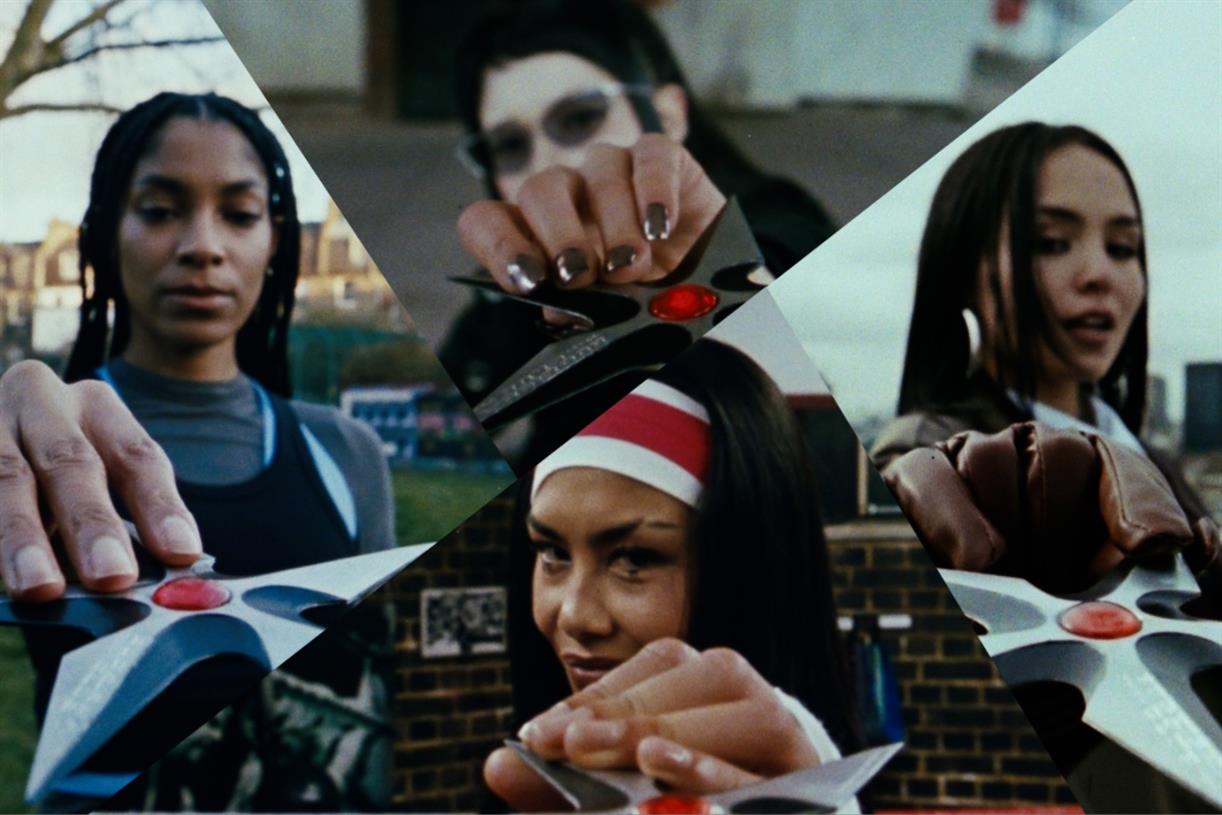Stable Diffusion vs. Midjourney — which is the best AI art tool?
Stable Diffusion and Midjourney are two of the best AI art tools, but which is better? What is the best AI art tool?
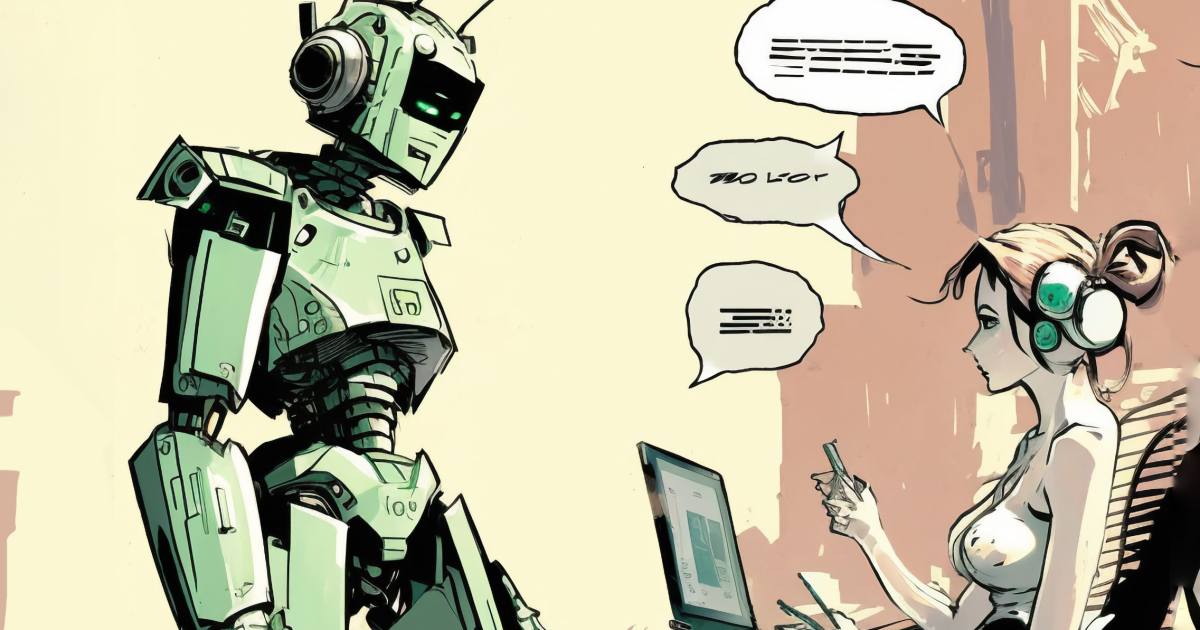
Stable Diffusion and Midjourney are two of the most exciting image-generating AI text-to-image models available today. They make it super easy to create great-looking artwork from just a few text prompts. But if you want to make some new AI art for your DnD character portrait, or some concept art for something you’re working on, which is the best AI art tool?
In the Stable Diffusion vs. Midjourney debate, which comes out on top? Let’s take a look at these two deep-learning tools to see which is best for you.

How do you access Stable Diffusion and Midjourney?
Stable Diffusion and Midjourney are both publicly available, but they are at different stages of development and can be accessed in different ways.
Stable Diffusion was released in August 2022 by startup Stability AI, alongside a number of academic and non-profit researchers. However, unlike other deep learning text-to-image models, Stable Diffusion is not confined to the cloud — you can run it locally. By following the installation steps, you can run Stable Diffusion on your desktop PC or laptop (as long as it has at least 4GB of VRAM) or your Mac. There is also a range of cloud services available which give you the ability to use Stable Diffusion without installing it yourself, although they aren’t necessarily affiliated with the developers.
Midjourney, on the other hand, cannot run on your own personal computer. Released in July 2022, Midjourney is only available through its Discord bot, but you can invite it into your own server to give yourself an equivalent to personal use of the tool. Midjourney is currently in open beta and will be for the foreseeable future.
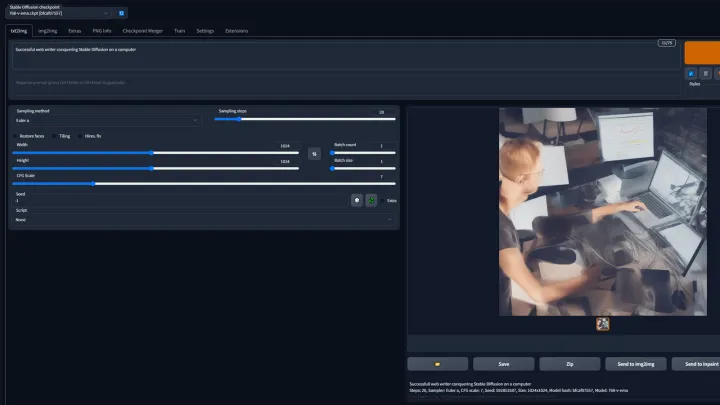
What’s the difference between Stable Diffusion and Midjourney?
Stable Diffusion and Midjourney are similar tools, in that they both use text prompts to generate impressive AI-created images, but they have quite distinct feature sets and there are advantages and disadvantages to both.
Stable Diffusion, for example, offers much more in-depth image customization options. You can adjust the image size down to the individual pixel, decide how strict the AI should be in following your prompts, the seed value, which samplers are used to feed the AI engine, and there are thousands of art models to pick from, helping to generate different art styles based on your prompts.
Midjourney has only a few 10s of model variants, and though you can adjust the aspect ratio and choose a generation of Midjourney’s algorithm to use, they don’t provide anything like the variation or the options offered by Stable Diffusion. There’s an argument to be made that Midjourney produces higher-quality images, at least with comparably little work, but dedicated AI prompt writers claim that Stable Diffusion can produce images just as realistic or high-quality as Midjourney with the right inputs.
Stable Diffusion also offers inpainting and outpainting, filling in gaps in images to fix damage or wearing from age and expanding an image beyond its original borders, while Midjourney does not. Since it is only available in public forms, however, Midjourney does have a more robust content filter, while Stable Diffusion’s can be adjusted.
Stability AI has made the Stable Diffusion source code available, although it is not open source. Midjourney is entirely proprietary and the source code is not publically available. It’s believed that Midjourney is based on Stable Diffusion in some manner, however.
Because of the way Midjourney is accessed through Discord and is cloud-based only, it’s arguably easier to use and get into than Stable Diffusion, but once both tools are up and running, they are equally easy to use.
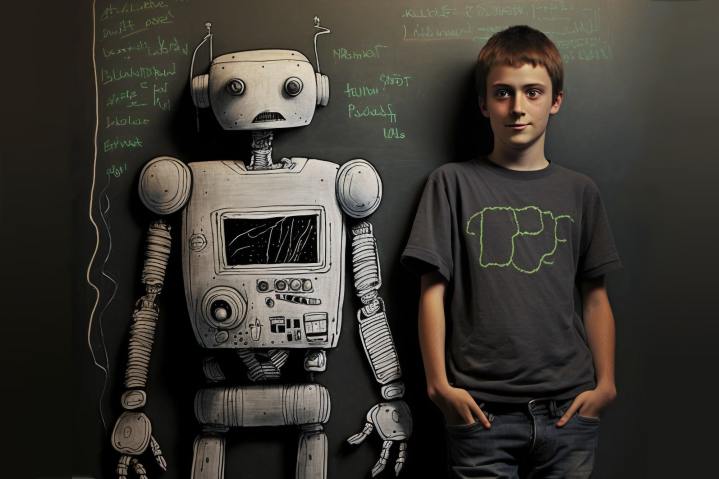 A MidJourney rendering of a student and his robot friend in front of a blackboard.
A MidJourney rendering of a student and his robot friend in front of a blackboard.Are Stable Diffusion and Midjourney free?
Both Stable Diffusion and Midjourney can be used for free, but you can also pay for them for an improved service.
With Midjourney, you can freely use the Discord bot as part of a trial, giving you about 25 minutes of digital art creation time, with a maximum of three concurrent jobs, and a maximum of 10 waiting in the queue. After that, if you want to use it again, you’d need to make a new Discord account or pay for the premium subscription plans. They come in Basic, Standard, and Pro tiers, priced at $10, $30, and $60 a month, respectively. They offer additional “Fast” and “Relaxed” GPU time, for generating many more images. With the Pro Plan, you can also handle up to 12 concurrent fast jobs, and three relaxed jobs at the same time.
Stable Diffusion is entirely free to use and can be set up and run by anyone with appropriately powerful hardware. However, certain cloud services which offer Stable Diffusion functionality without the need to install it yourself can charge users a range of fees that differ from service to service.
Do you own images made with Stable Diffusion and Midjourney?
The legal reality of AI-generated images is murky, with ongoing lawsuits by artists who claim that AI tools like Stable Diffusion and Midjourney have illegally used source images from human artists to create their models, thereby infringing their copyright.
While that legal mess is worked out, however, the official policies of Stable Diffusion and Midjourney are a little different. Stable Diffusion is freely available too, and by its terms and conditions at least, anyone who creates an image using Stable Diffusion has the commercial right to that image.
Midjourney, on the other hand, grants all images made as part of the free trial the Creative Commons license, so no one technically owns them and anyone can use them for just about anything. However, if you pay for any of the subscription plans, you get a general commercial license to use the images, retaining ownership of them should someone else try to use them.
Which is better, Stable Diffusion or Midjourney?
Stabel Diffusion and Midjourney are both powerful AI art tools, but which is better? It depends on whether you want to just have a play around with them to produce something quickly, or you don’t mind learning how to use the tools to get what you want.
Midjourney is easier to get started with, is more readily accessible, and produces high-quality images quickly and easily based on limited inputs. That makes it great for one-offs or quickly trying out the tool, and especially for anyone who is already a regular Discord user. However, its free trial is extremely limited, if you don’t use Discord getting started can be a hassle, and you don’t have anything like the breadth of options Stable Diffusion has.
In comparison, Stable Diffusion is entirely free and can be run locally so you can use it on any machine, even if they’re offline. It also has a much greater array of options and settings you can play with to make different style images and to create higher quality images, in some cases. It does take extra work, however, and you’ll need to learn how to use it to make the most of it.

 Fransebas
Fransebas 







